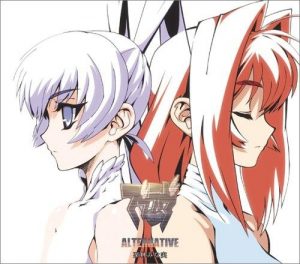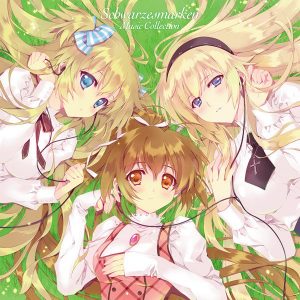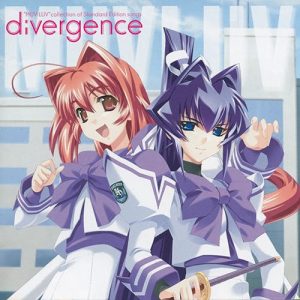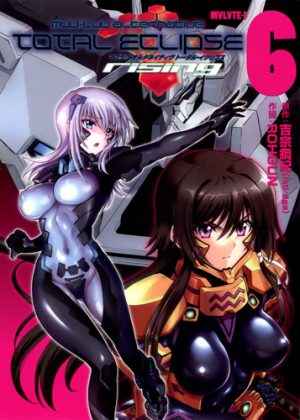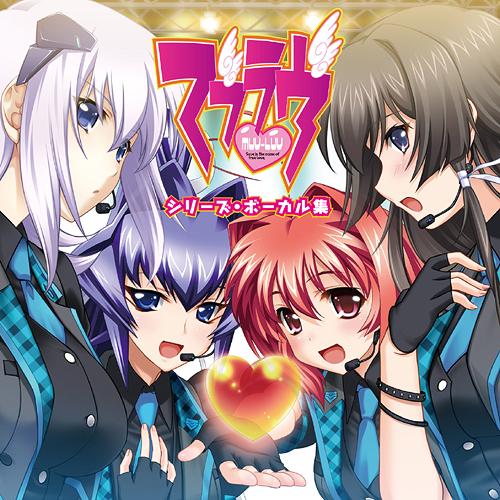
Muv-Luv is an esteemed title, a monumental epic that spans the length of three titles. The original Muv-Luv released in 2003, packaged together as Muv-Luv: Extra and Muv-Luv: Unlimited. Three years after, the third story released, Muv-Luv: Alternative.
Popular with both the Japanese and Western audience, Muv-Luv had a successful kickstarter, bringing in over a million dollars for its Western localization. This version would release in 2016 with its third story in 2017. Until recently, the only way to experience Muv-Luv for a Western audience was through its Japanese copy, its anime, or through unofficial fan translations.
The reason for this article is straightforward: to highlight my initial observations of Extra, a blind reading without the full context of later works. As such, this article will be spoiler-free explanation on Extra’s qualities as a visual novel.
An Informal Aside: Context and Concerns
As the main appeal of this article are my thoughts, allow me to be informal with them. Despite Muv-Luv’s popularity, the reasons have always escaped me. That’s not to say I didn’t have some hunch as to why, but the devil’s in the details, as they say. I was curious but faced with a weird anomaly:
Muv-Luv in 2019.

Before reading Extra, there was something that concerned me, my interests in romcoms was not particularly high, and there was fervent debate when I asked, “Is it okay to skip the first story?” My guess was whatever important happens comes after Extra, a story that by all accounts looks like a dime a dozen.
First impressions matter, and even as isolated from spoilers as I was, I knew that Extra wasn’t exactly stealing the spotlight. But, despite my hesitations, I wanted to read this story as its creators intended, romcom and all.
Pioneering Visuals: Muv-Luv's Envisionary Start
The Steam version of Muv-Luv is based on the PS3/Vita version of the game. This means that visual upgrades such as moving mouths, textbox removal, and certain scenes were improved, creating a different product from the 2003 version.
These improvements create a powerful sense of immersion, a visual experience that rewards careful attention to details. The numerous character portraits--from the back, side, and front--is a luxury that’s not wasted. The direction characters look, their gaze into the distance, their side-eying of the protagonist, and even their position within relative to others now matter. Paying attention to these details allow for readers to better understand the characters and scenes they read.
Supplementing the character portraits are a whimsical combination of transitions and “camera techniques.” Commonly in VNs, transitions are simple. They’re merely used to cut from one scene to the next, sometimes giving an emotional or logical segue--a fade to white as a characters gets punched or a quick blurring of an image as they run frantically to their destination.
However, in Extra, both the scope and degree to which transitions are used is nothing short of impressive. To aid one’s perspective, common transitions like a wipe are combined with a blur or smudge. When correctly done, this gives an illusion that a character has turned around, imitating a 3d environment.
To emphasize space and distance, frequent use of zooms, the panning of the camera, and filters exemplify a surprising control of depth and spatial awareness. Extra pioneers a visual awareness within the medium. It lends depth to a 2D screen and makes a world that’s as detailed as the world we live today.
Differences in Medium and Expectations
There exists an unfortunate stigma with romcoms (and slice of life) visual novels. Part of the reason is that a plethora of them exist--in fact, they dominate the market. Another critique is the word economy, or the number of words required to get a message/intent across.
Generally, the more importance placed on word economy, the more precise your words have to be. Ernest Hemingway is considered sparse with his words while Charles Dickens (who got paid by the word) is considerably less reserved about his.
Even between written mediums, the focus of word economy changes. Poetry, depending on your style and adherence to rhyme, highly values word economy. A good TV script requires an awareness of time (thus word usage), as there are only so many minutes within an episode. Newspapers require a strict adherence to word economy, even having their own guidelines to strictly reduce space usage and maximize information. Within genres, there are also differences in pacing expectations, which can influence the importance of word economy.
So, given my disinterest in romcoms, imagine my surprise when what I expected to drag instead sped past me.
Tropes, Conventions, and Sincere Comedy: Extra’s Writing
Extra’s writing is far from perfect, but despite its familiar conventions and tropes, there’s a sincerity to its comedy, an element supported fully by its visuals. While it may seem strange to mention visuals in this section, it’s important to note two aspects of Extra’s writing: the emphasis on dialogue and the low number of descriptive passages.
Neither aspect is uncommon within visual novels, but unlike in most, Extra’s excellent visuals (and sometimes its sound direction) lifts a burden from the story’s shoulders. Without requiring descriptive passages of space, distance, or location, the speed through which one reads Extra is based on one’s understanding of dialogue.
The pacing helps its unabashed style of humor. Whether it’s the slapstick quick suckerpunch, the incredulous parody of a famous driver, or the ridiculous curveball of a sudden marriage, Extra’s comedy is a product of its synergy, not solely its writing.
However, despite its excellent comedy, there are areas where the writing is less effective. At its best, Extra feels like a self-aware parody. At its worst, Extra is a poor copy of the romcom story. Part of the reason rests on a topic mentioned earlier: word economy.
There are passages near the end that hammer a theme too forcefully. For a modern audience who is more exposed to this theme, this repetition of scenes happens too frequently, coming off as jarring given the creative nature of Extra’s comedy.
The pacing of Extra’s latter half make for a more difficult read. The later story arcs felt disconnected from the lackadaisical nature of its former half, drawing attention to the least developed character in the visual novel. Whether this is intentional can only be understood after reading Unlimited.
Final Thoughts
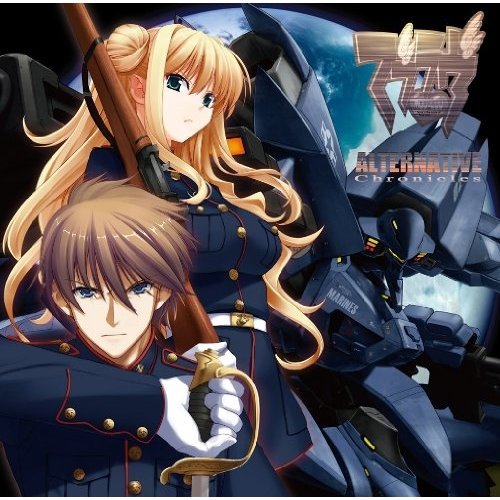
Within the recent decade, localization has brought more attention to the VN medium. Famous works like Clannad, Steins;Gate, and now Muv-Luv have been given their due shine. Despite my hesitations, Extra has left one of the best impressions I’ve had for its genre in a long time.
For my second article, I’ll be covering Unlimited, the second part of the Muv-Luv trilogy. Unlike this article, I’ll be more focused on an analysis, so if I’ve convinced you to read Muv-Luv and you want to avoid spoilers, my second article will be for a different audience.
Recommended Post
A Retrospective Reading: Muv-Luv in 2019 Part 2
Recommended Post
A Retrospective Reading: Muv-Luv in 2019 Part 3
Recommended Post
A Retrospective Reading: Muv-Luv in 2019 Part 4
Recommended Post
A Retrospective Reading: Muv-Luv in 2019 Part 5
Recommended Post


